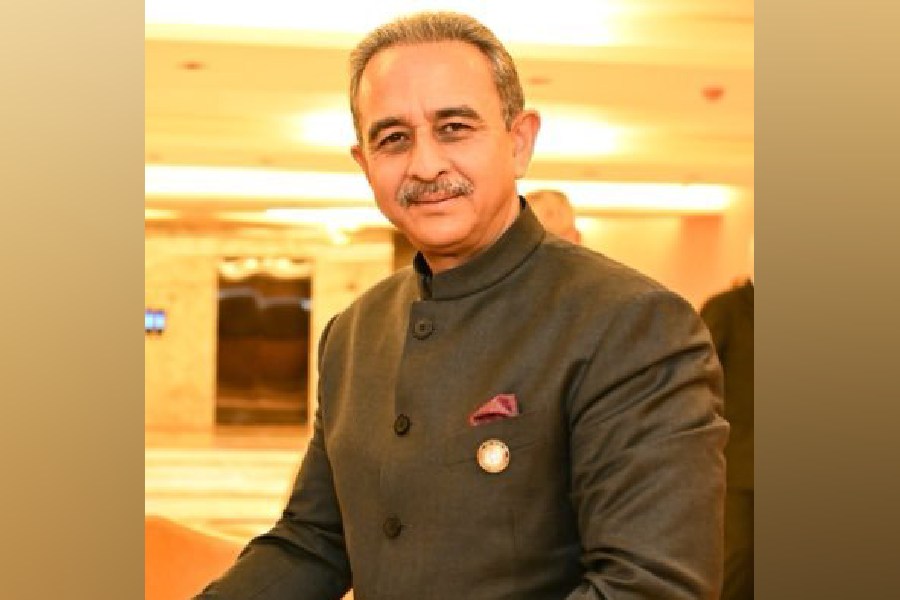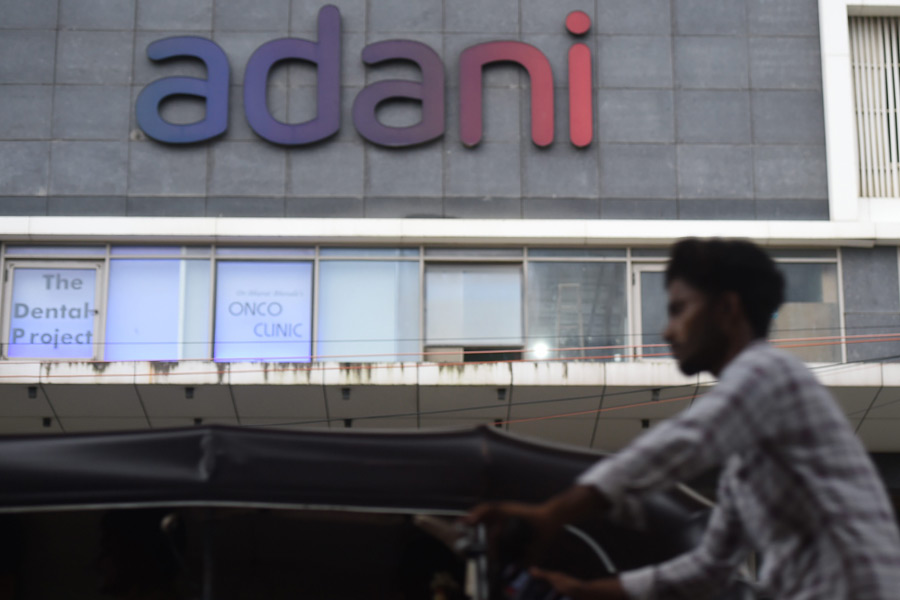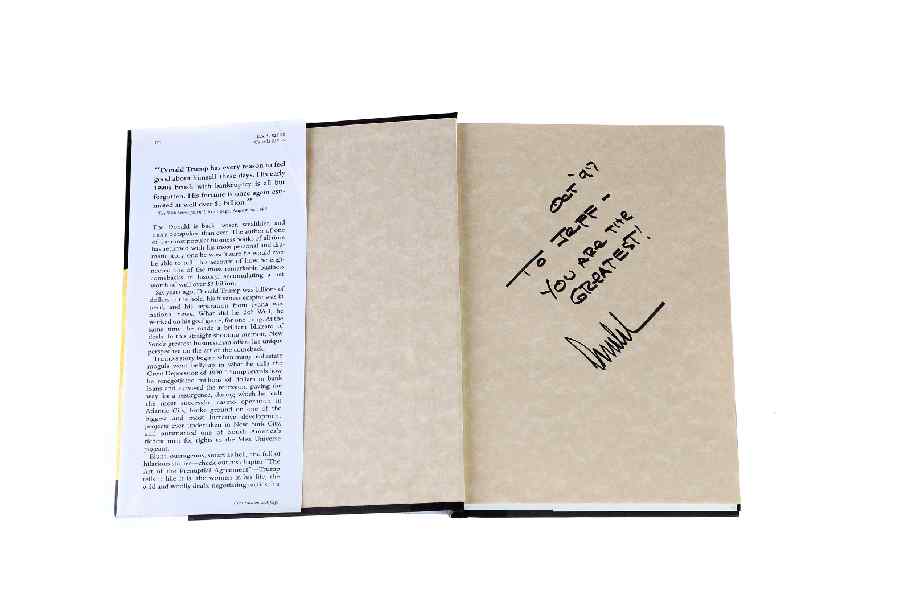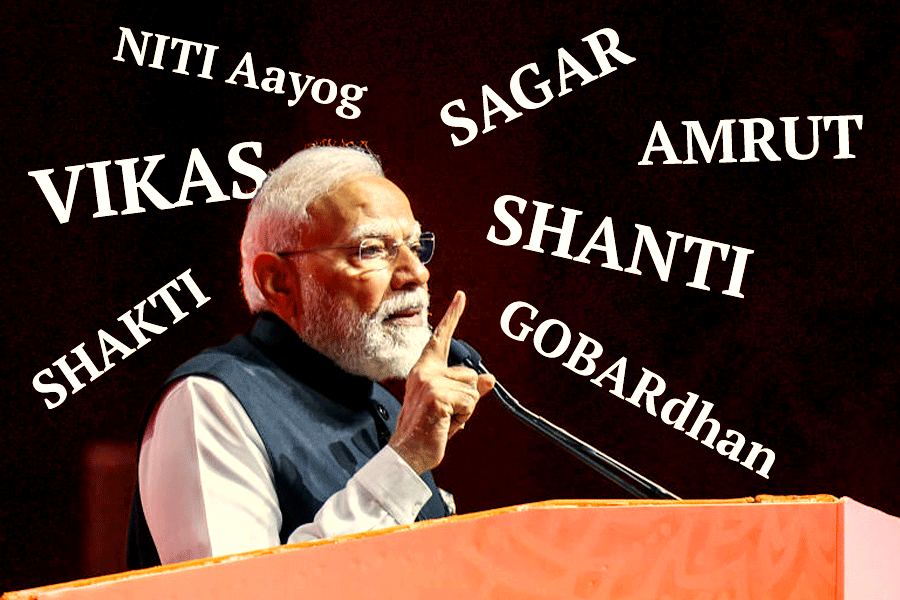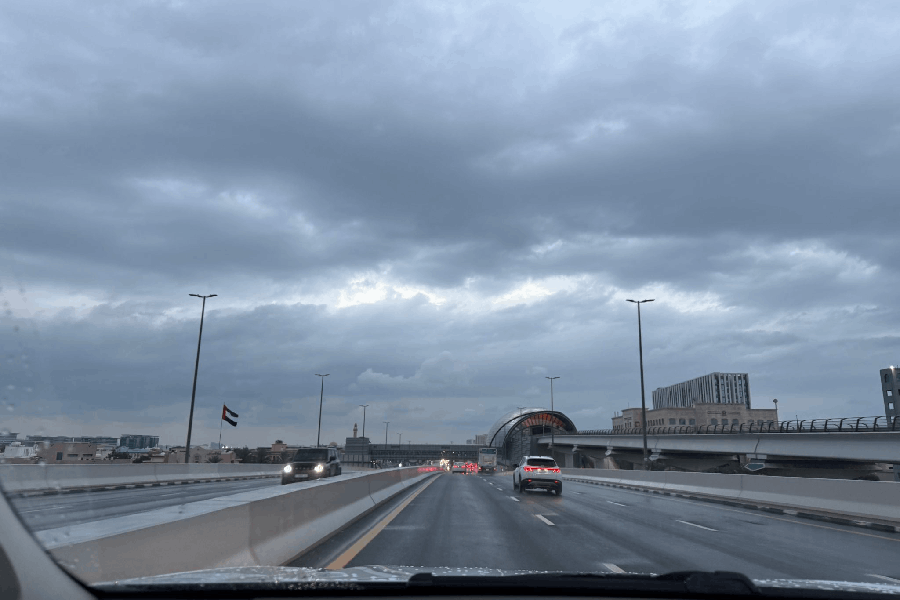.jpg)
It’s a sleepy seaside town barely 200km from the Thai capital. Hua Hin has pristine beaches, blue waters and it has somehow stayed off the map of the madding tourist crowds that flock to Pattaya and Phuket.
But for more than a century Hua Hin has been a favourite haunt of the Thai royals and discriminating locals who’ve figured it’s a great weekend getaway. Although some expats have discovered the beauties of Hua Hin, it’s off the regular tourist beat.
Hua Hin makes an appearance in the history books in the 1830s when nearby Phetchaburi faced a killer famine and farmers began migrating from the area. As they headed towards the capital, they discovered a tiny fishing village sitting pretty on silky white sands. It was a rocky beach so they named it Samore Riang (rows of rock). It was later called Hin Riang, Lam Hin (stone cape) and, finally, Hua Hin (stone head).
The story goes that Prince Chakrabhongse, one of the royals, accompanied by a Russian nobleman came to the area on a hunting trip in the early 1900s and instantly fell in love with it. So much so that he built himself a beach villa, the likes of which had never been seen in the area.
Some time later King Rama VI visited the place and like the prince, he too fell in love with the beautiful and serene place and immediately ordered the construction of the Marukatayawan Royal Palace, a wooden summer palace along the beach. A few years later, another royal palace was built by King Rama VII. The aptly named new palace — Phra Ratchawang Klai Kangwon, which translates into ‘a palace far from worries’ — became a favoured royal retreat. Inevitably, other royals and nobles followed suit and several beach bungalows sprang up along the coast.
.jpg)
In 1911, a rail connection was laid from Bangkok to Hua Hin. And on the tiny railway station, a beautiful pavilion in red and taupe was constructed as waiting room for the royals who arrived by train from Bangkok. Today, the classical Thai structure is a tourist attraction in itself and the station is reckoned to be one of Thailand’s most beautiful.
Over the next decade after the trains first puffed into Hua Hin, the fishing village metamorphosed into a buzzing royal resort and the Thai Royal State Railway decided to build a western-style hotel designed by an Italian architect. Bang opposite the station, it opened in 1923 as the Railway Hotel. Now the Sofitel Centara Grand Beach Resort & Villas, it became famous when the film The Killing Fields was shot there.
The Royal Hua Hin Golf Course and tennis courts also came up near the hotel to cater to the royal guests.
What began as a getaway town of the royalty and aristocracy, soon caught the imagination of the rich and famous and Hua Hin began catering to an exclusive set of visitors. And so began the trend of escaping from Bangkok’s crowds.
It was only in the 1980s that foreign travellers discovered this gem. A host of hotels sprang up to cater to the growing demand and lavish beach houses and condominiums were built all along the coastline. Today, the town has expats from several countries who’ve pretty much settled there. One estimate is that out of a total population of 80,000, almost 4,000 are foreigners.
.jpg)

Photo: Tanushree Podder
The town’s key feature is Hat Hua Hin, a five-mile long stretch of fine, silvery sand. The lovely beach extends from a rocky promontory and undulates towards the feet of a Giant standing Buddha at the Khao Takiap temple.
The town’s night market is a delightful experience. It offers a multitude of shops selling all kinds of wares and tongue-tickling street food at affordable prices. Or, head to the Chatchai Market, where the local population shops for its supplies.
At a very different level, Cicada Market is one of Hua Hin’s unique institutions. It aims to bring together artists, art students, buyers, performers and connoisseurs. It offers everything from sculptures to paintings, traditional handicrafts and artefacts. It’s divided into four parts — Art a la Mode, Cicada Art Factory, Amphitheatre and Cicada Cuisine. The Art a la Mode has displays of clothes, artefacts and souvenirs and the Cicada Art Factory is where sculptures and paintings are shown. Exhibitions in this area feature young artists with unique ideas. At the Amphitheatre, one can catch traditional dance and music programmes on weekends.
Khao Takiap, which translates to “Chopstick Hill”, is about 7km from Hua Hin. It is a high promontory that protrudes proudly into the sea. Once a humble fishing village, it is slowly making the transition to beach town with several hotels and villas springing up on its periphery. Besides, a beautiful palm-fringed beach, the minuscule town has several temples among which the Khao Takiap Temple is the most famous. It has a mammoth golden statue of Buddha atop the hill. Most importantly, the hill offers a stunning panorama of the area.
Unlike Bangkok, Hua Hin does not boast of shopping malls, fancy res-taurants or architectural grandeur. Instead, it offers a promise of serenity and simplicity, away from the suffocating tourist hordes.

READY RECKONER
♦ How to get there: IndiGo, SpiceJet and Thai Airways fly from Calcutta to Bangkok. Hua Hin is another five hours by train or three hours away by bus or minivan from the capital.
♦ Where to stay: Options range from the 5-star Sofitel Centara Grand Beach Resort & Villas, to the affordable Hua Hin Grand Hotel and guesthouses.
♦ What to do: Enjoy the sea, shop for silks and jewellery, or Khommaphat print cottons.

.jpg)
